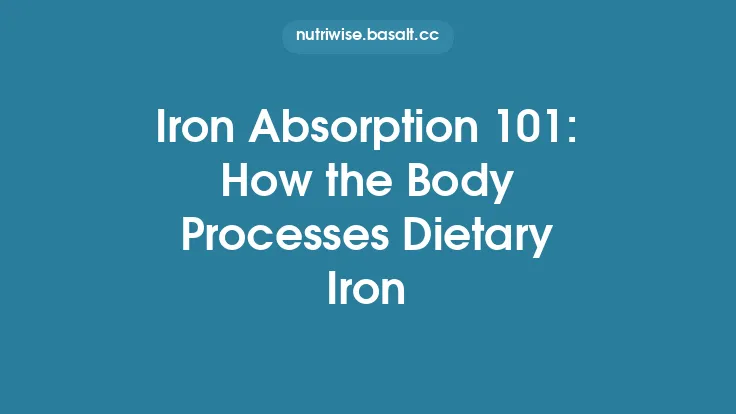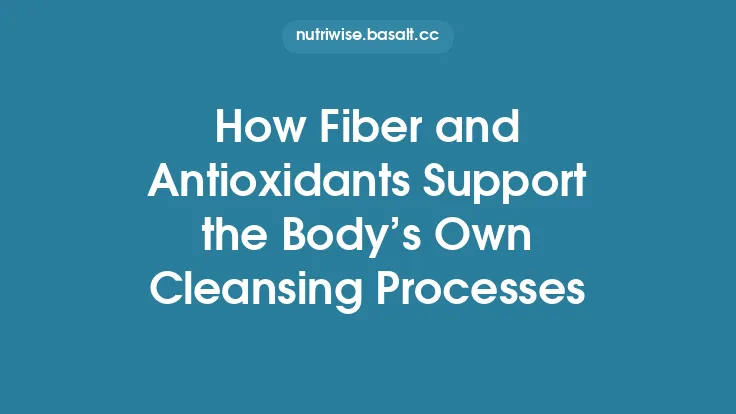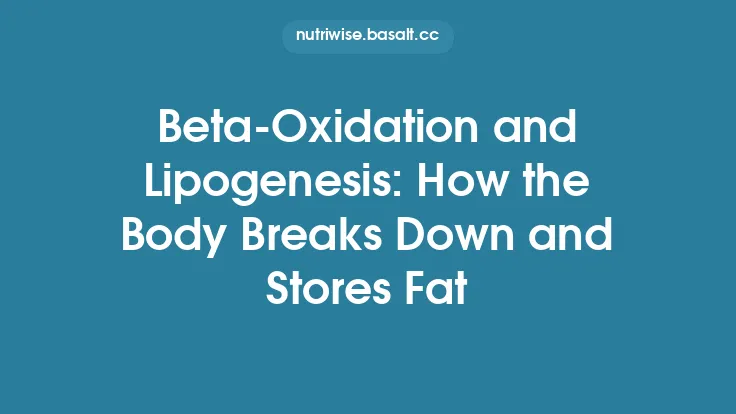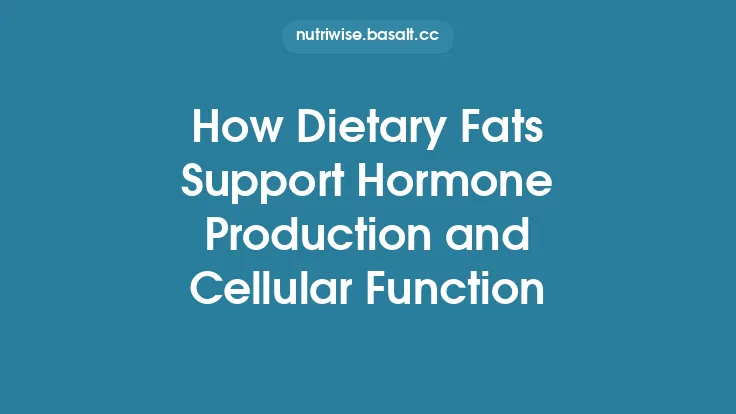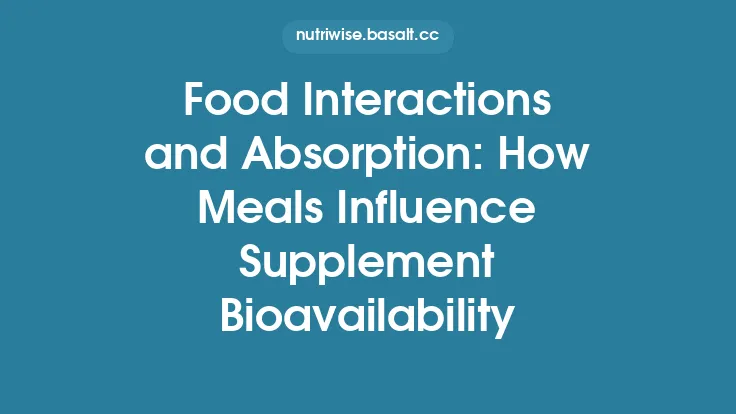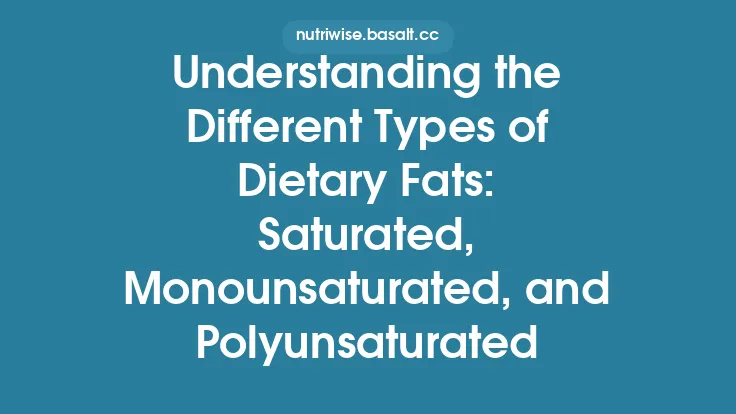The human body has evolved a sophisticated system to break down dietary lipids, transport the resulting molecules, and deliver them to cells where they can be used for energy, membrane construction, and a host of other vital functions. Understanding how fats are digested and absorbed provides a solid foundation for appreciating why they are an essential component of a balanced diet, and it also clarifies why certain medical conditions or dietary patterns can disrupt this process.
The Physical Form of Dietary Fat
Dietary lipids are primarily consumed as triglycerides (triacylglycerols), which consist of a glycerol backbone ester‑linked to three fatty acid chains. Small amounts of phospholipids, cholesterol esters, and free fatty acids are also present in most foods. Because triglycerides are hydrophobic, they naturally separate from the aqueous environment of the gastrointestinal (GI) tract, forming large oil droplets that are difficult for enzymes to act upon directly.
Emulsification: Preparing Fat for Enzymatic Attack
The first critical step in fat digestion is emulsification, a mechanical‑chemical process that increases the surface area of lipid droplets. This occurs in two stages:
- Mechanical Mixing – Chewing and the churning action of the stomach break large fat globules into smaller droplets.
- Bile‑Salt Mediated Emulsification – Bile, produced by the liver and stored in the gallbladder, is released into the duodenum in response to the presence of fat. Bile salts are amphipathic molecules; their hydrophilic side faces the watery lumen while the hydrophobic side associates with lipid droplets. This creates a stable emulsion of microscopic fat droplets called micelles, dramatically increasing the accessible surface for lipases.
Enzymatic Hydrolysis of Triglycerides
Gastric Lipase
Even before bile enters the duodenum, the stomach contributes to fat digestion through gastric lipase, an enzyme secreted by chief cells. Gastric lipase preferentially hydrolyzes short‑ and medium‑chain triglycerides, releasing free fatty acids (FFAs) and diglycerides. Its activity is modest compared to pancreatic lipase but becomes important when dietary fat is low or when the pancreas is compromised.
Pancreatic Lipase and Colipase
The bulk of triglyceride hydrolysis occurs in the small intestine, driven by pancreatic lipase. This enzyme is secreted as an inactive zymogen (pro‑lipase) and activated in the duodenal lumen. Pancreatic lipase cleaves the ester bonds at the sn‑1 and sn‑3 positions of the glycerol backbone, yielding two free fatty acids and one 2‑monoacylglycerol (2‑MAG).
Colipase, a small protein co‑factor also secreted by the pancreas, is essential for lipase activity in the presence of bile salts. Bile salts tend to coat the lipid droplet surface, which would otherwise block lipase access. Colipase binds both the lipase and the lipid surface, anchoring the enzyme in a configuration that allows it to act efficiently.
Phospholipase A₂
Phospholipids present in the diet are hydrolyzed by pancreatic phospholipase A₂, which removes a fatty acid from the sn‑2 position, generating lysophospholipids and a free fatty acid. These products also become incorporated into micelles.
Formation of Mixed Micelles
The products of lipolysis—FFAs, 2‑MAGs, lysophospholipids, and cholesterol—are still poorly soluble in water. Bile salts, along with phospholipids, assemble these molecules into mixed micelles, which are spherical aggregates roughly 5–10 nm in diameter. Mixed micelles serve two crucial purposes:
- Solubilization – They keep lipolytic products in solution, preventing precipitation.
- Transport – They ferry the lipids across the unstirred water layer that lines the intestinal epithelium, delivering them to the brush‑border membrane of enterocytes.
Uptake by Enterocytes
Passive Diffusion of Short‑Chain Fatty Acids
Short‑chain fatty acids (SCFAs; ≤ 6 carbons) generated from dietary fat or produced by colonic bacterial fermentation can diffuse directly across the apical membrane of enterocytes without the need for micellar transport.
Carrier‑Mediated Transport of Long‑Chain Fatty Acids and Monoacylglycerols
Long‑chain fatty acids (LCFAs; > 12 carbons) and 2‑MAGs rely on specific transport proteins embedded in the brush‑border membrane:
- Fatty Acid Transport Proteins (FATPs) – Facilitate the uptake of LCFAs.
- CD36 (Fatty Acid Translocase) – A multifunctional membrane protein that binds and transports fatty acids.
- NPC1L1 (Niemann‑Pick C1‑Like 1) – Primarily known for cholesterol absorption but also contributes to the uptake of certain fatty acids.
These transporters often work in concert with intracellular binding proteins (e.g., fatty acid‑binding protein, FABP) that shuttle the lipids to the endoplasmic reticulum (ER) for re‑esterification.
Re‑Esterification and Chylomicron Assembly
Inside the enterocyte, the majority of absorbed FFAs and 2‑MAGs are re‑esterified to form triglycerides. This process occurs in the ER and involves a series of enzymatic steps:
- Acyl‑CoA Synthetase activates free fatty acids to fatty acyl‑CoA.
- Monoacylglycerol Acyltransferase (MGAT) adds a fatty acyl‑CoA to 2‑MAG, forming diacylglycerol (DG).
- Diacylglycerol Acyltransferase (DGAT) adds a third fatty acyl‑CoA to DG, yielding a triglyceride.
Simultaneously, cholesterol, phospholipids, and apolipoproteins (primarily apoB‑48) are incorporated. The nascent lipoprotein particle, called a pre‑chylomicron, buds from the ER and matures in the Golgi apparatus. After acquiring additional apolipoproteins (e.g., apoA‑I, apoA‑IV) and undergoing glycosylation, the particle becomes a chylomicron—a large, triglyceride‑rich lipoprotein (diameter 75–1200 nm).
Lymphatic Transport
Because chylomicrons are too large to enter the blood capillaries directly, they are secreted into the lacteals—specialized lymphatic vessels located in the villi of the small intestine. From there, they travel through the lymphatic system and eventually drain into the systemic circulation via the thoracic duct, which empties into the left subclavian vein.
This indirect route serves two purposes:
- Avoids Immediate hepatic clearance – By bypassing the portal vein, chylomicrons are not immediately taken up by the liver, allowing peripheral tissues (muscle, adipose) first access to dietary lipids.
- Facilitates transport of large particles – The lymphatic system can accommodate the size of chylomicrons without the constraints of capillary pores.
Peripheral Lipid Utilization
Once in the bloodstream, chylomicrons interact with the endothelial surface of capillaries, especially in adipose tissue, heart, and skeletal muscle. The enzyme lipoprotein lipase (LPL), anchored to the endothelial surface, hydrolyzes the triglycerides within chylomicrons, releasing FFAs and glycerol. These FFAs can be:
- Oxidized for immediate energy (especially in muscle).
- Re‑esterified and stored in adipocytes as triglyceride droplets.
- Taken up by the liver for repackaging into very‑low‑density lipoproteins (VLDL) or for bile acid synthesis.
The chylomicron remnants, now depleted of most triglyceride, are cleared by the liver via receptor‑mediated endocytosis (apoE‑dependent uptake). The liver recycles the constituent lipids for various metabolic pathways, including the synthesis of endogenous cholesterol, phospholipids, and new lipoprotein particles.
Regulation of Fat Digestion and Absorption
The efficiency of lipid processing is tightly regulated by hormonal and neural signals:
- Cholecystokinin (CCK) – Released by I‑cells of the duodenum in response to fatty acids and amino acids; stimulates gallbladder contraction (releasing bile) and pancreatic enzyme secretion.
- Secretin – Promotes bicarbonate secretion from the pancreas, neutralizing gastric acid and providing an optimal pH for lipase activity.
- Gastric Inhibitory Peptide (GIP) – Enhances insulin secretion in response to nutrient ingestion, indirectly influencing lipid storage.
- Enteroendocrine hormones (e.g., peptide YY, GLP‑1) – Modulate appetite and gastric emptying, thereby affecting the rate at which fats enter the small intestine.
Clinical Considerations
Pancreatic Insufficiency
When pancreatic enzyme output is insufficient (e.g., chronic pancreatitis, cystic fibrosis), fat digestion is impaired, leading to steatorrhea (fatty stools) and malabsorption of fat‑soluble vitamins (A, D, E, K). Enzyme replacement therapy (pancrelipase) can restore lipolysis.
Bile‑Salt Disorders
Obstruction of the biliary tract (gallstones, cholestasis) reduces bile‑salt availability, compromising emulsification. This can also result in fat malabsorption and cholesterol gallstone formation due to altered bile composition.
Genetic Lipid Transport Defects
Rare mutations affecting proteins such as MTTP (microsomal triglyceride transfer protein) or apoB‑48 can hinder chylomicron assembly, leading to familial hypobetalipoproteinemia and associated fat‑soluble vitamin deficiencies.
Summary of the Digestive Journey
- Ingestion – Triglycerides enter the stomach as large oil droplets.
- Emulsification – Bile salts break droplets into micelles.
- Hydrolysis – Gastric and pancreatic lipases convert triglycerides to FFAs and 2‑MAGs.
- Micelle Formation – Mixed micelles solubilize lipolysis products.
- Enterocyte Uptake – Transport proteins ferry FFAs and 2‑MAGs across the brush‑border membrane.
- Re‑Esterification – Inside enterocytes, lipids are rebuilt into triglycerides.
- Chylomicron Assembly – Triglycerides are packaged with apolipoproteins into chylomicrons.
- Lymphatic Transport – Chylomicrons travel via lacteals to the bloodstream.
- Peripheral Utilization – LPL releases FFAs for energy or storage; remnants are cleared by the liver.
Understanding each of these steps illuminates why certain dietary patterns, medical conditions, or medications can influence how efficiently the body extracts and uses the energy stored in fats. By appreciating the intricate choreography of enzymes, bile, transporters, and lipoproteins, we gain a deeper respect for the essential role that dietary lipids play in human physiology.
